Steven J. Koester
Supervised Learning in Temporally-Coded Spiking Neural Networks with Approximate Backpropagation
Jul 27, 2020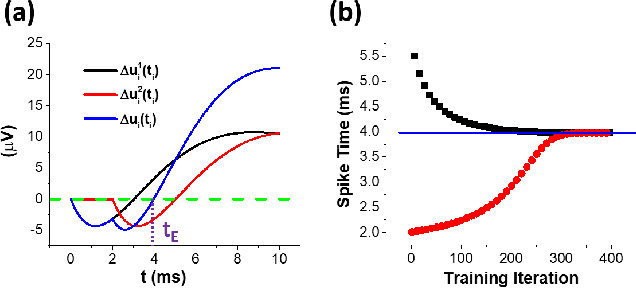
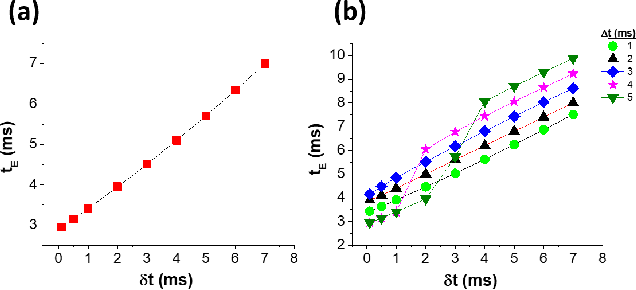
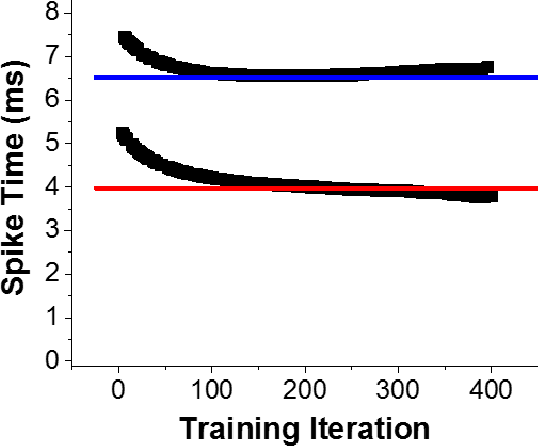
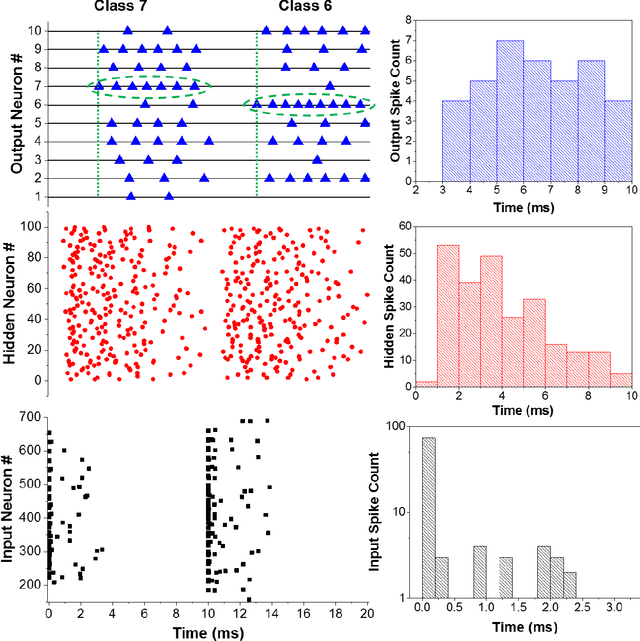
Abstract:In this work we propose a new supervised learning method for temporally-encoded multilayer spiking networks to perform classification. The method employs a reinforcement signal that mimics backpropagation but is far less computationally intensive. The weight update calculation at each layer requires only local data apart from this signal. We also employ a rule capable of producing specific output spike trains; by setting the target spike time equal to the actual spike time with a slight negative offset for key high-value neurons the actual spike time becomes as early as possible. In simulated MNIST handwritten digit classification, two-layer networks trained with this rule matched the performance of a comparable backpropagation based non-spiking network.
Nonvolatile Spintronic Memory Cells for Neural Networks
May 29, 2019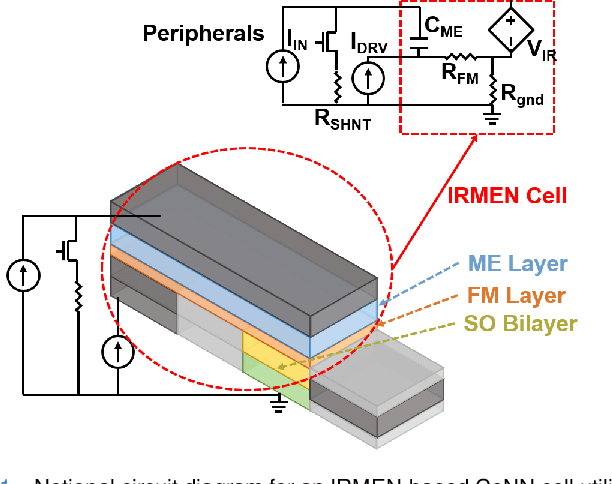
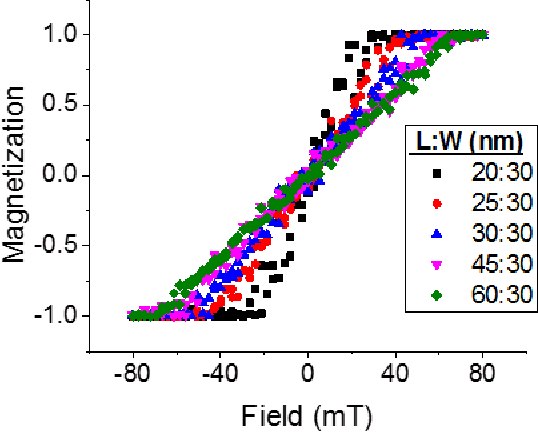
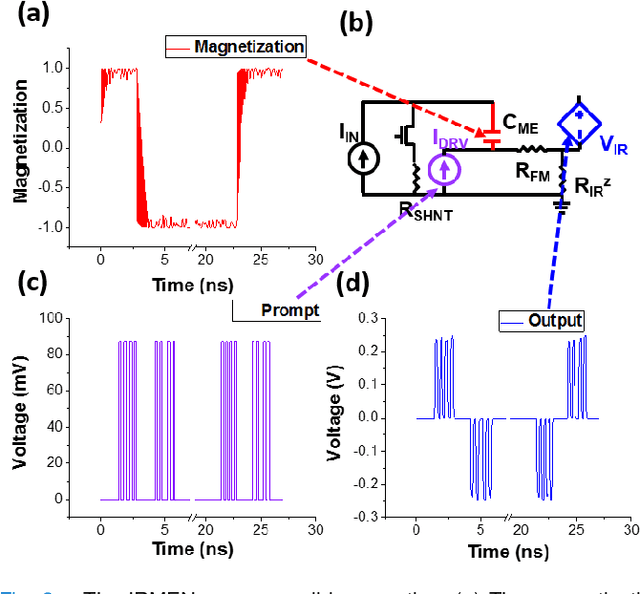
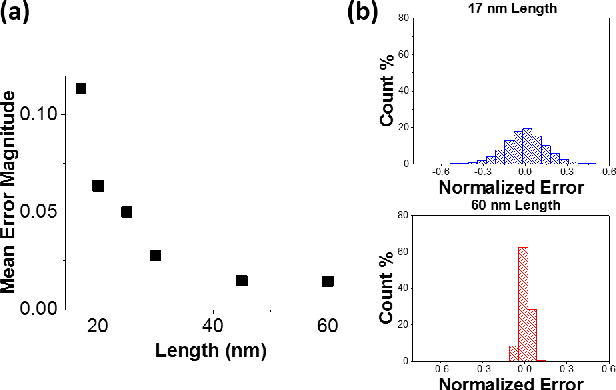
Abstract:A new spintronic nonvolatile memory cell analogous to 1T DRAM with non-destructive read is proposed. The cells can be used as neural computing units. A dual-circuit neural network architecture is proposed to leverage these devices against the complex operations involved in convolutional networks. Simulations based on HSPICE and Matlab were performed to study the performance of this architecture when classifying images as well as the effect of varying the size and stability of the nanomagnets. The spintronic cells outperform a purely charge-based implementation of the same network, consuming about 100 pJ total per image processed.
Convolutional Neural Networks Utilizing Multifunctional Spin-Hall MTJ Neurons
May 09, 2019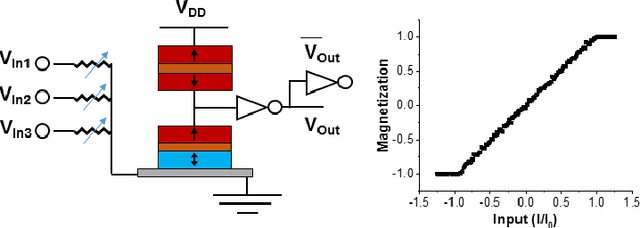
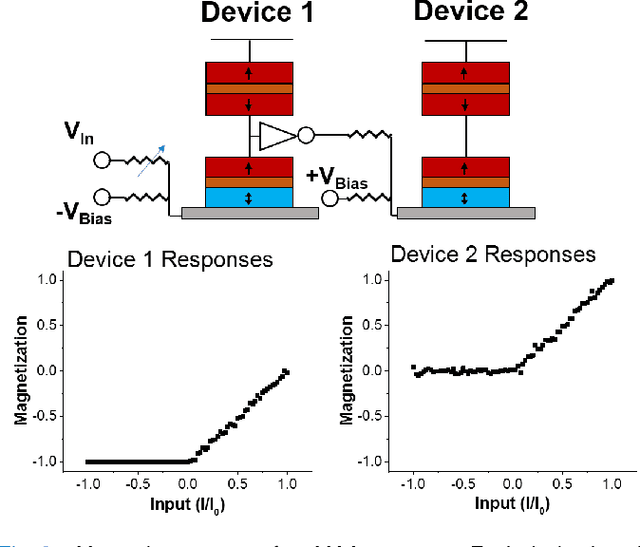

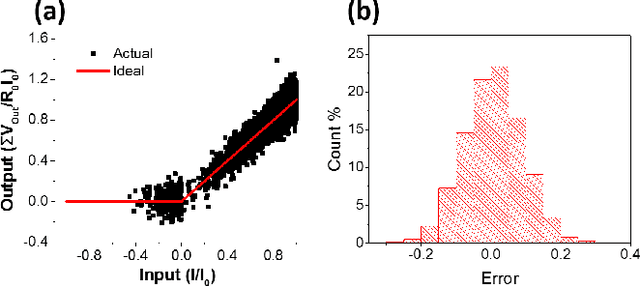
Abstract:We propose a new network architecture for standard spin-Hall magnetic tunnel junction-based spintronic neurons that allows them to compute multiple critical convolutional neural network functionalities simultaneously and in parallel, saving space and time. An approximation to the Rectified Linear Unit transfer function and the local pooling function are computed simultaneously with the convolution operation itself. A proof-of-concept simulation is performed on the MNIST dataset, achieving up to 98% accuracy at a cost of less than 1 nJ for all convolution, activation and pooling operations combined. The simulations are remarkably robust to thermal noise, performing well even with very small magnetic layers.
 Add to Chrome
Add to Chrome Add to Firefox
Add to Firefox Add to Edge
Add to Edge